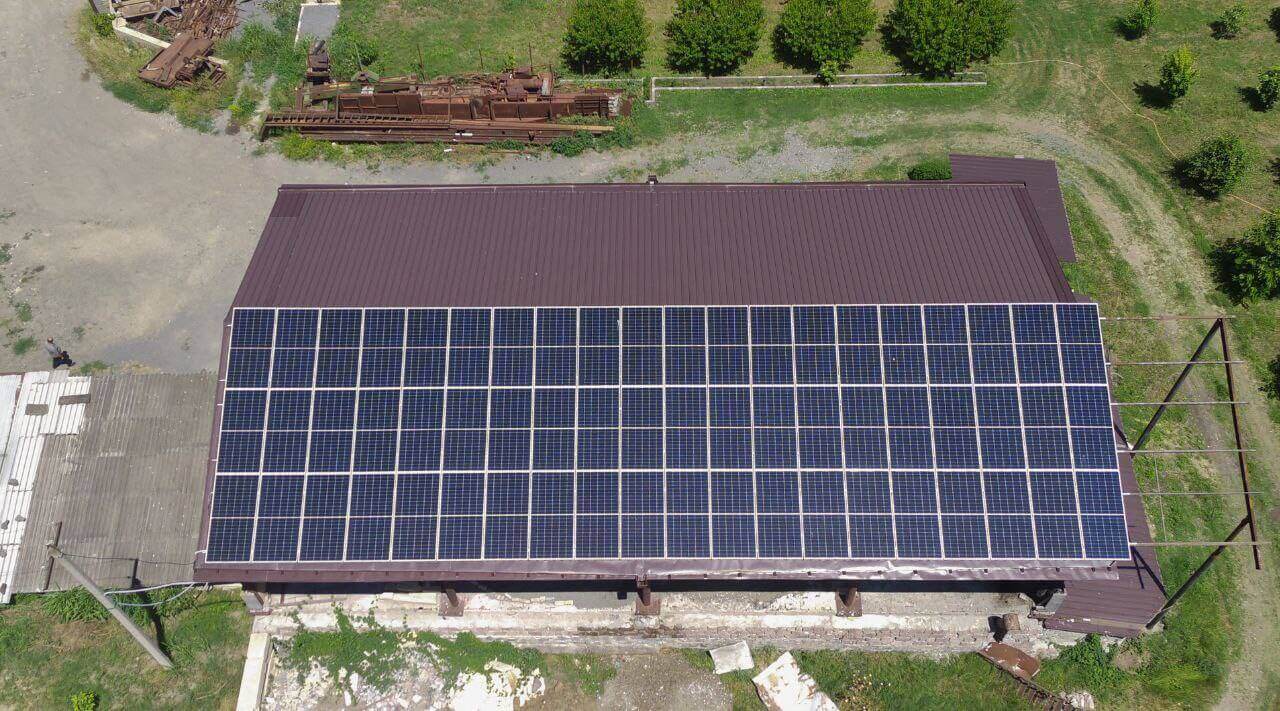ENERGY-EFFICIENT HOUSES OR GREEN HOUSES
Energy-efficient houses, also known as energy-efficient homes or green homes, are designed and constructed to minimize energy consumption while maximizing comfort and sustainability. These houses incorporate various features and technologies that reduce energy usage, lower utility bills, and have a smaller environmental footprint. Here are some key aspects of energy-efficient houses:
- Insulation: Proper insulation is essential for maintaining a comfortable indoor temperature and reducing the need for heating or cooling. High-quality insulation materials, such as fiberglass, cellulose, or spray foam, are used in walls, roofs, and floors to minimize heat transfer and prevent energy wastage.
- Energy-Efficient Windows and Doors: Energy-efficient windows and doors are designed to minimize heat loss or gain. They are often double or triple glazed with low-emissivity (low-E) coatings and have proper seals to prevent air leakage. These features help maintain a consistent indoor temperature and reduce the reliance on heating or cooling systems.
- Energy-Efficient Heating, Ventilation, and Air Conditioning (HVAC) Systems: Energy-efficient HVAC systems, such as high-efficiency furnaces, heat pumps, or geothermal systems, are used to provide heating and cooling while minimizing energy consumption. Programmable thermostats and zone control systems further enhance energy efficiency by allowing precise temperature control in different areas of the house.
- Energy-Efficient Lighting: Energy-efficient lighting options, such as light-emitting diodes (LEDs) or compact fluorescent lamps (CFLs), consume significantly less electricity compared to traditional incandescent bulbs. LED lighting is particularly popular due to its long lifespan and low energy usage.
- Renewable Energy Sources: Many energy-efficient houses incorporate renewable energy systems to generate electricity on-site. Solar panels are the most common choice, converting sunlight into electricity. Other renewable energy options include wind turbines or micro-hydropower systems if suitable conditions are present.
- Water Efficiency: Energy-efficient houses often include water-saving fixtures like low-flow toilets, faucets, and showerheads. Additionally, rainwater harvesting systems may be installed to collect and reuse rainwater for non-potable purposes such as garden irrigation or toilet flushing.
- Energy Monitoring and Smart Systems: Advanced energy monitoring systems provide real-time information about energy usage, enabling homeowners to identify areas for improvement and optimize energy consumption. Smart home technologies, such as programmable thermostats, smart lighting, or automated control systems, enhance energy efficiency by allowing remote control and scheduling of various household systems.
- Sustainable Materials and Construction Techniques: Energy-efficient houses are often built using sustainable and environmentally friendly materials, such as recycled or locally sourced materials, low VOC (volatile organic compound) paints, and eco-friendly insulation. Additionally, construction techniques that minimize waste and maximize energy efficiency, such as proper sealing and efficient framing, are employed.
By incorporating these energy-saving features and practices, energy-efficient houses can significantly reduce energy consumption, lower utility bills, and contribute to a greener and more sustainable future.



